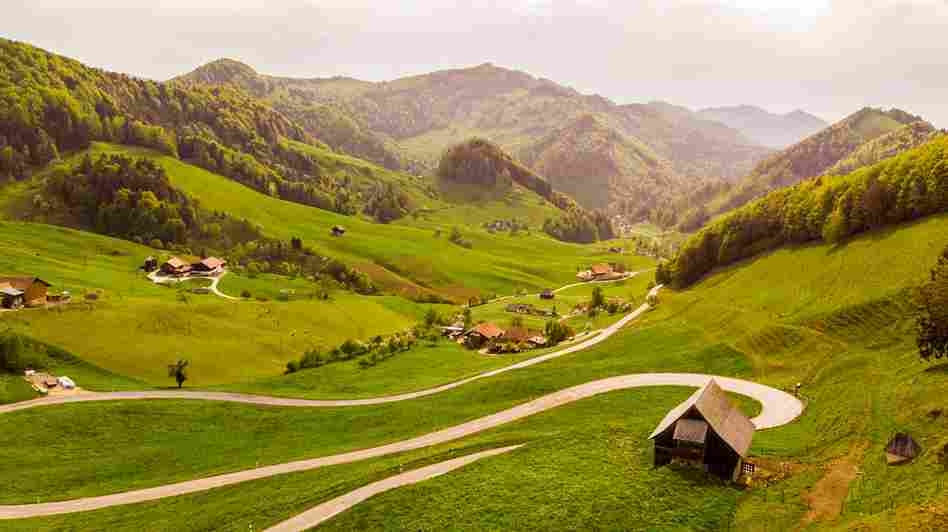Australia, the world’s smallest continent famous for its beauty
Australia, the world’s smallest continent and one of its largest nations, is located in the Southern Hemisphere between the Pacific and Indian oceans.
Canberra, the capital of Australia, is situated between the larger and more significant
economic and cultural hubs of Sydney and Melbourne in the southeast.
The Australian continent stretches for over 2,500 miles (4,000 km) from west to east and
for nearly 2,000 miles from Cape York Island in the northeast to Wilsons Headland in the southeast (3,200 km).
Australian jurisdiction extends north to the southern coasts of Papua New
Guinea and south 310 miles (500 km) to the southernmost point of the island of Tasmania. The Timor Sea separates Australia from Indonesia to the northwest.
Australia has been referred to as “the Last Land,” “the Oldest Continent,” and “the Oldest Frontier.” These are typical portrayals of Australia’s interest in the rest of the world, although they fall short in several ways.
In simple physical terms, the age of much of the continent is certainly impressive
most of the rocks providing the foundation of Australian landforms were formed
during Precambrian and Paleozoic time (some 4.6 billion to 252 million years ago)—
but the ages of the cores of all the continents are approximately the same.
On the other hand, while events and processes that have transpired since the
end of the last Ice Age—roughly the past 25,000 years—have had a significant impact on the landscape history of large areas in Europe and North America, scientists in Australia utilize a longer period that takes into account.
Australia Histrolical view
Indigenous tribes traveled from an unidentified location in Asia more than 40,000 years ago, bringing the oldest human population to the Australian continent.
The oldest living culture in the world is that of Australia’s indigenous people.
Indigenous tribes preserve their cultural legacy by teaching new generations about their knowledge, arts, rituals, and performances; speaking and teaching their languages; safeguarding cultural artifacts, and caring for important and sacred sites like Uluru in the Northern Territory.
When a Spanish navigator passed across the Torres Strait, which separates Australia from Papua New Guinea, the European discovery of Australia officially began in 1606. Explorers from the Netherlands, France, and England followed and started to chart the continent. The European settlement of Australia began in 1788 when the British established a penal colony at Botany Bay, which is now Sydney, the largest city in Australia.
As free settlers and migrants came to Australia in search of a better life, the colony expanded.
Climate
Australia climate varies widely from region to region.
The tropics are home to about 40% of the country’s northern region.
“the wet season,” while monsoon winds provide humid air during the summer.
The southern region of the nation experiences a temperate climate with four distinct seasons and chilly winters and hot summers.
Australia is in the Southern Hemisphere, hence December, January, and
February are considered the summer months, and June, July, and August are considered the winter months. Nearly 90 percent of the population lives around Australia’s coastal edges, where ocean breezes bring the temperature down.
Travel
Australia is one of the most desirable tourist destinations in the world due to its magnificent natural surroundings, multicultural populations, wonderful food and wine, weather, way of life, and friendly and outgoing population.
It’s no surprise, then, that over 6 million people visited Australia from abroad in the last year, staying a total of 236 million nights and spending over $33 billion on Tourism Research Australia.


